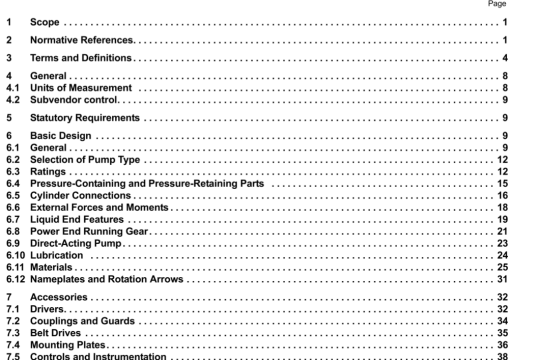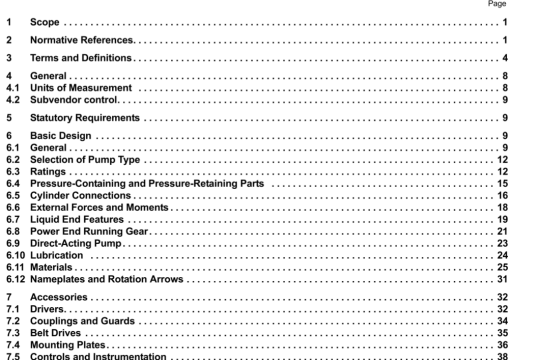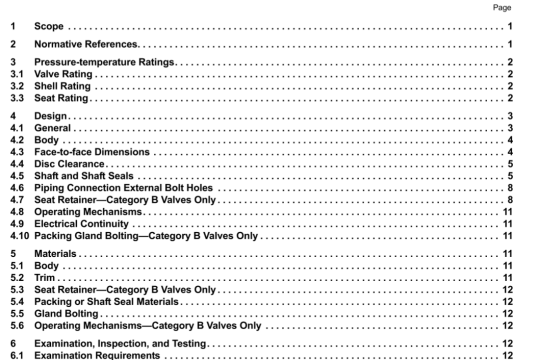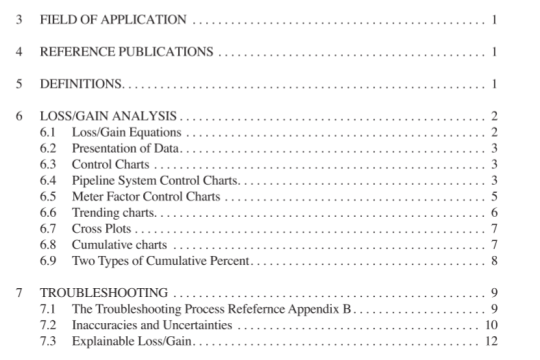API Bull 2HINS:2009 pdf download
API Bull 2HINS:2009 pdf download.Guidance for Post-hurricane Structural lnspection of
Offshore Structures.
A special below-water inspection should be performed wtien the special above-water inspection finds structural damage indicating potential below-water damage, or when the results of the engineering check indicate that the structure could be damaged below-water. The scope and methods of the below-water inspection are dependent upon the findings of the special above-water inspection and/or the results of the engineering cheCk. Guidance for the special below-water inspection for fixed and floating structures is provided in Section 6 and Section 7.
4.3 Engineering Check
4.3.1 General
The engineering check is used to determine If the hurncane may have damaged the structure and a special below- water inspection Is required. There are various methods to conduct the engineering check with tour methods defined In 4.3.2 to 4.3.5. AddItional methods may be applicable It they can be demonstrated to accurately determine the hurricane conditions In which structural damage Is expected. Typically, the anginaenng checks are performed In the order shown since they become increasingly more complex.
4.3.2 Metocean Condition Comparison
This is a check of the observed maximum metocoan conditions during the humcane including wind speed, wave height. current and surge compared to the structure’s design environmental conditions. If all of the humcane conditions were less than the structure’s design conditions, then the structure passes the engineering check.
4.3.3 Load Comparison
4.3.3.1 General
This is a check of the environmental loads acting on the structure during the hurricane compared to the structure’s design loads. The calculated environmental loads should account for direction and occurrence of extreme values of key metocean conditions during the hurricane. The method depends upon if the structure is fixed or floating
4.3.3.2 Fixed Structures
The load comparison is typically made using the metocean base shear acting on the structure. If the structure is categorized as high consequence L-1 or A-i according to API 2A-WSO. or if the structure is manned-evacuated, then the design load is used for the comparison. Other fixed structures can use 80 % of the base shear that causes first component failure. If the hurricane loads were less, then the structure passes the engineering check. Single untraced caissons do not typically require an engineering check (see 5.4.5).
4.3.3,3 Floating Structures
The load comparison is typically conducted by comparing the measured structural response from motions, offsets, mooring hne tensions or tendon tensions during the hurricane, where available, to the structure’s design values. If the structure’s response is less than the structure’s design values, then the structure passes the engineering check.
4.3.4 Stress Comparison
This check involves detailed structural analysis of the fixed or floating structure applying melocean conditions equal to or greater than those observed during the hurricane to determine the component stresses in the structure.
4.3.6 Other Considerations
The observed maximum hurncane wind, wave, and currents at the site should be based on measured or site-specific hindcast hurricane conditions. The calculated hurricane loads should be based on actual loading measurements at the structure or calculated loads using measured or hlndcast hurricane conditions.
The engineering check shall account for the configuration and condition of the structure at the time of the hurricane. The configuration accounts for the number of nsers. topsides weight, presence of driling rig, etc. at the time of the hurricane. The condition accounts for known corrosion, damage, repairs, etc. of the platform based upon the most recent inspection of the structure.
The engineering check can be performed In advance of hurricanes for some structures to determine the specific hurricane conditions expected to damage the structure. If a humcane occurs, the owner/operator should compare the observed hurricane conditions at the structure site to the results of the engineering check to determine W a below- water Inspection is required. This type of pre-planning can assist in rapid identification of the structures where below- water inspections are not necessary.
In lieu of an engineering check, the owner/operator may conduct the special below-water inspection
4.4 Prioritizing Structures for Inspection
In the case where an owner/operator has multiple structures that have been exposed to hurricane conditions, consideration should be given to prioritizing the structures to be inspected. Candidate structures for priority treatment indude.




